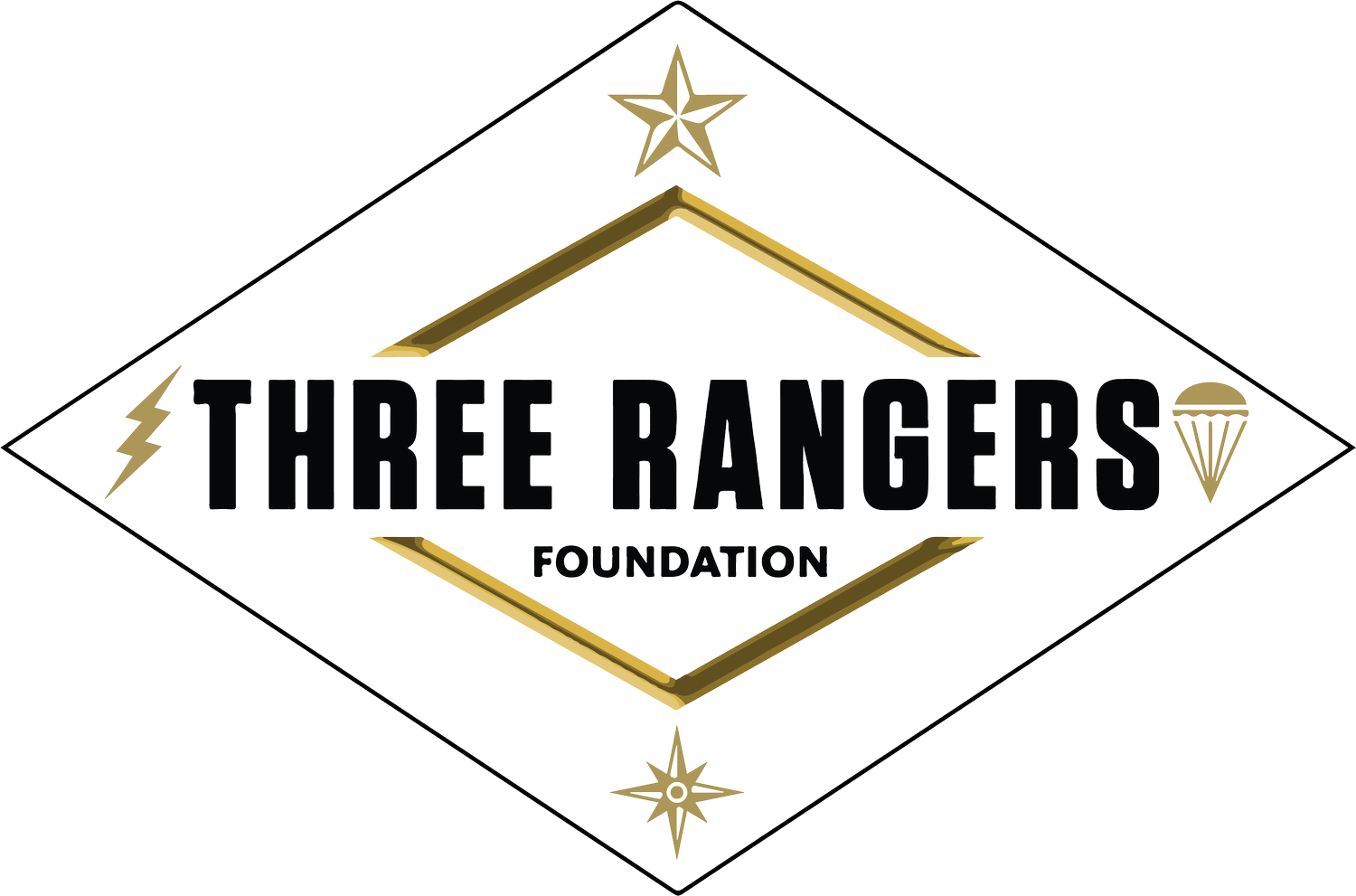ALIGNMENT IN AN ORGANIZATION
Alignment, both vertically and horizontally, across an organization is key to success, growth, and initiative. There must be deliberate planning and consistent communication. Vision and Mission must clearly define why an organization exists and what it is working to accomplish.
Vision: What the organization wants to be.
Mission: Who, What, Why, Where, and How the organization is going to accomplish its mission? Missions are not aspirational but measurable.
Core Convictions: Defines who the organization is and what they will do, and not to do, to succeed. The core principles that define the culture of an organization.
Strategic Focus Area: Define 4 or 5 focus areas so the organization can understand what to prioritize.
Each sub-organization defines their own 4/5 focus areas that align with the next higher organization.
The Strategic Focus Areas must be coordinated and aligned across all functional areas.
A deliberate effort must be made to ensure subordinate organizations understand what is expected of them. Provide clear guidance, discuss, and then mutually agree.
Key initiatives: What are the big things/key initiatives that the organization needs to do to drive success? Action plans with measurable results, directed accountability, and responsibility.
Each sub-organization defines their own Key Initiatives that align with the next higher organization.
The Key Initiatives must be coordinated and aligned across all functional areas.
Alignment goes from the top of an organization down to individuals. Leaders at each level must understand and be able to articulate two levels up and one level down, how Strategic Focus Areas and Key Initiatives are aligned vertically and horizontally.
Communication ensures every individual understands their role and what success is for them:
Focus on increasing value to the organization vs the success of individuals. Individuals must clearly see how this translates to success for them.
Know Core Convictions and be guided by them always
Know their Strategic Focus Areas and two levels up and one level down.
Know their Key Initiatives and what success is and the path to achieve.
Regular reports on the status of Strategic Focus Areas and Key Initiatives.
Communicate risks and mitigation plans
Identify key decisions
Identify resources required.
Give credit for everything that goes right, and take responsibility for anything that goes wrong.
